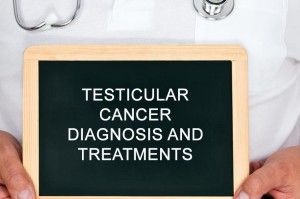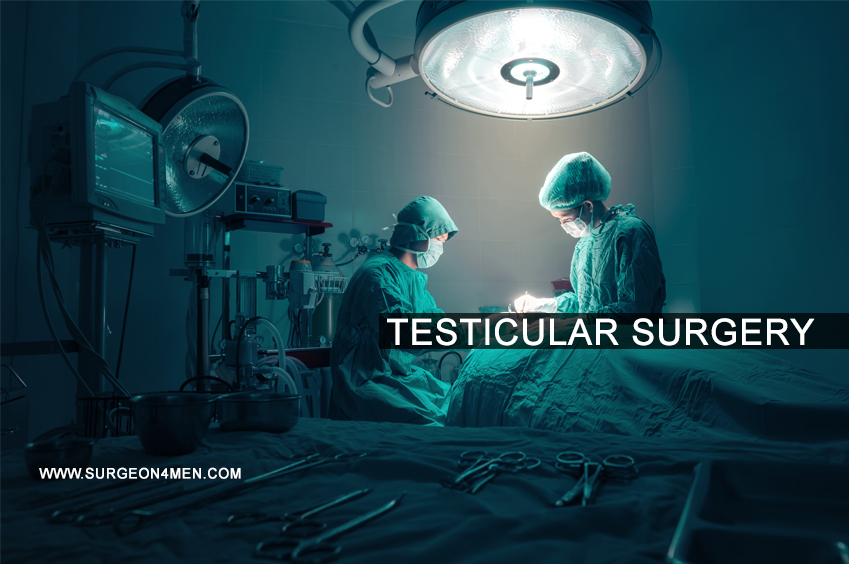Testicular Surgery | What Should You Know About It
Testicular surgery is indicated for a number of ailments. This include correction of congenital or anatomical deformities as well as excision/ removal of diseased tissue. Some common indications of testicular surgery are (1):
- Undescended testes: Testicles are developed in the abdominal cavity during fetal life and are then descended to the inguinal region during final weeks of pregnancy. However, in a small percentage of male babies, testicles fails to descend completely. If testicles fails to reach scrotum by 6th month of post-natal life, surgical intervention becomes necessary by the age of 1-2 years to minimize the risk of malignancy.
- Testicular torsion: Testicular torsion refers to twisting or tangling of spermatic cord and it is a medical emergency that warrants immediate repair to minimize the risk of permanent damage.
- Hydrocele: Accumulation of fluid in the scrotal sac can lead to hydrocele. In poorly managed cases, the swelling becomes large and inconvenient for the patient. Surgical intervention is often needed to resolve the primary issue.
- Varicocele: Defect or dysfunction of venous valves can lead to varicocele (a painless swelling of scrotum due to enlargement of pampiniform venous plexus).
- Testicular cancer: About 1-2% men develop malignancy of testicles which is best managed by surgical intervention. It is the second most frequently reported malignancy in young males (between 20 -35 years). Depending upon the cancer status, removal of one or both testicles is usually recommended.
- Traumatic injuries: Trauma or assault in the inguinal region (such as gunshot injury, road traffic accidents, athletic injuries or occupational accidents) can also aggravate the risk of testicular damage that may require surgery for optimal management.
The key goal of these traditional surgeries is to remove the diseased element and restore normal functions of the tissue.
Complications Of Testicular Surgery
The nature and severity of complications depends largely on the indications of surgery, experience of surgeon and nature of procedure employed. If optimal caution is maintained; the risk of complications can be largely reduced. If surgery is performed for indications like malignancy or tumor, the risk of complications increases significantly.
Procedure Related Complications
Testicular surgery is a major procedure that is performed ideally under general anesthesia. Some common procedure related complications include:
- Anesthesia related complications
- Excessive bleeding
- Wound infection
- Post-surgical pain
- Adverse effects of pain drugs
- Delayed healing
- Sepsis/ shock (if operative conditions are not aseptic)
Delayed Complications
- Erectile dysfunction: It has been observed that a large number of men who opt for testicular surgery develops some degree of transient or permanent erectile dysfunction. Besides damage to vital nerve or blood vessel, other causes of ED include psychological anxiety and poor body image.
- Infertility: Damage to ducts that transfer sperms due to direct or indirect injury can also lead to infertility. Other causes include scarring of the surrounding tissues due to inflammation or edema. As much as 10-20% males develop infertility after testicular surgery (2). Speak to your doctor to learn more about alternative procedures and assisted reproductive techniques before undergoing the procedure.
- Malignancy: According to a study reported in the Radiology journal (3), investigators suggested that males who undergo orchiectomy followed by radiation therapy for testicular malignancy have a higher mortality rate due to cardiovascular disorders or a second malignancy (3)
What To Expect After The Surgery?
Depending upon the nature of surgery performed, indications of procedure and other related factors, outcome may vary. It is very important to keep up with the post-procedure follow-ups with your healthcare professional. For example:
- Generally ice-packs, pain medications and rest helps in alleviating the post-surgical swelling and pain within a few hours.
- It is recommended to use scrotal support for at least a few weeks after the surgery to hasten the pace of recovery.
- Limit strenuous physical activity or vigorous exercises after the procedure, until the recovery process is complete.
- If procedure involves removal of testicles, options for hormonal replacement (or testosterone) should be discussed.
- Fertility prospects must be discussed and alternative options should be considered.
- Sexual activity can be resumed after 6-8 weeks (after discussing with the surgeon).
References
1. Schneck, F. X., & Bellinger, M. F. (2007). Abnormalities of the testes and scrotum and their surgical management. Campbell-Walsh Urology. 9th ed. Philadelphia, Pa: Saunders Elsevier.
2. DeSantis, C. E., Lin, C. C., Mariotto, A. B., Siegel, R. L., Stein, K. D., Kramer, J. L., … & Jemal, A. (2014). Cancer treatment and survivorship statistics, 2014. CA: a cancer journal for clinicians, 64(4), 252-271.
3. Pandharipande, P. V., Eisenberg, J. D., Lee, R. J., Gilmore, M. E., Turan, E. A., Singh, S., … & Gazelle, G. S. (2013). Patients with testicular cancer undergoing CT surveillance demonstrate a pitfall of radiation-induced cancer risk estimates: the timing paradox. Radiology, 266(3), 896-904.

